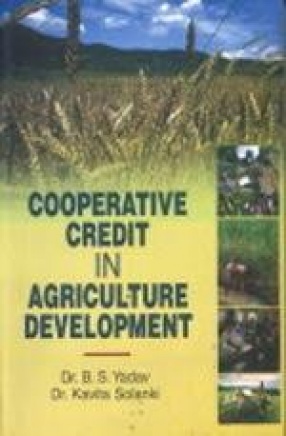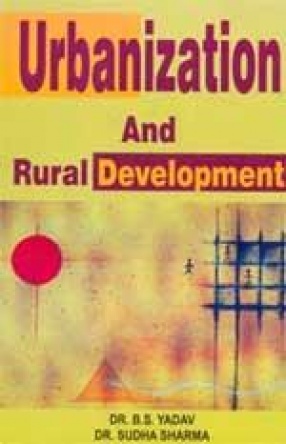Cooperative Credit in Agriculture Development
Synopsis
Now-a-days credit serves as an elevator. It has been recognized as the life blood of all economic activities. Like all other producers, agriculturists also need credit. According to an old proverb, "Credit supports the farmers as the hangman's rope supports the hanged". This statement is fully true in the context of Indian farmers. Thus, for stimulating the tempo of agricultural production, an adequate and timely credit is most essential. The Co-operative Societies Act, 1904 gave concretized shape for establishing primary Co-operative societies to meet both the short and medium-term loan needs of farmers. The provision of these loans did not make any improvement and did not have any impact on the farmer's socio-economic status and consequently, they were head and ears indebt. In order to solve this problem and make the farmers free from the cruel clutches of money lenders, the idea of co-operative long-term credit institutions called Co-operative Agricultural and Rural Development Banks/Co-operative Gram Vikas Banks (earlier called Cooperative Land Development/Mortgage Banks) was mooted. The idea behind establishing co-operative agricultural and rural development banks was to redeem the farmers from the problem of indebtedness. The present study examines the role of these banks in meeting the long-term credit requirement of the rural masses. An attempt has also been made to examine the impact of lending, and the utilization and recovery pattern of loan advanced.
Read more
54.00
48.6
$
60.00 $
Free delivery Wolrdwidе in 10-18 days
Ships in 1-2 days from New Delhi
Membership for 1 Year $35.00
Get it now and save 10%
Get it now and save 10%
BECOME A MEMBER









Bibliographic information
Kavita Solanki